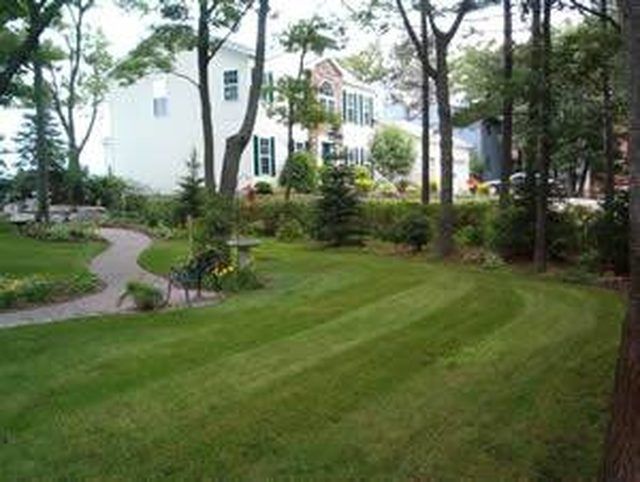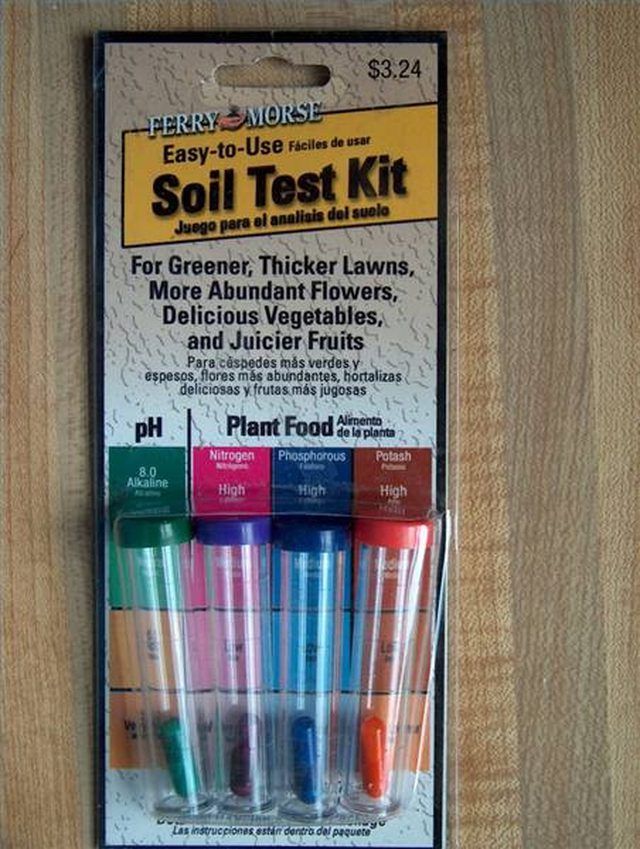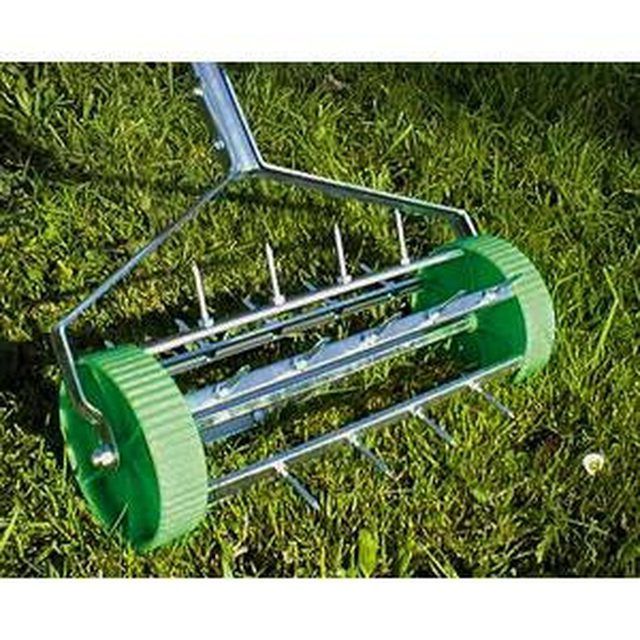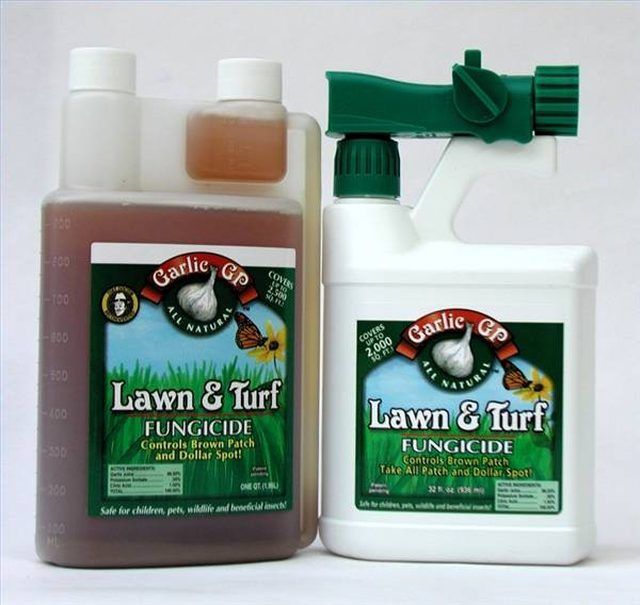Bulbs
Flower Basics
Flower Beds & Specialty Gardens
Flower Garden
Garden Furniture
Garden Gnomes
Garden Seeds
Garden Sheds
Garden Statues
Garden Tools & Supplies
Gardening Basics
Green & Organic
Groundcovers & Vines
Growing Annuals
Growing Basil
Growing Beans
Growing Berries
Growing Blueberries
Growing Cactus
Growing Corn
Growing Cotton
Growing Edibles
Growing Flowers
Growing Garlic
Growing Grapes
Growing Grass
Growing Herbs
Growing Jasmine
Growing Mint
Growing Mushrooms
Orchids
Growing Peanuts
Growing Perennials
Growing Plants
Growing Rosemary
Growing Roses
Growing Strawberries
Growing Sunflowers
Growing Thyme
Growing Tomatoes
Growing Tulips
Growing Vegetables
Herb Basics
Herb Garden
Indoor Growing
Landscaping Basics
Landscaping Patios
Landscaping Plants
Landscaping Shrubs
Landscaping Trees
Landscaping Walks & Pathways
Lawn Basics
Lawn Maintenance
Lawn Mowers
Lawn Ornaments
Lawn Planting
Lawn Tools
Outdoor Growing
Overall Landscape Planning
Pests, Weeds & Problems
Plant Basics
Rock Garden
Rose Garden
Shrubs
Soil
Specialty Gardens
Trees
Vegetable Garden
Yard Maintenance
Will Grass Grow Back After Fungus Treatment?
Will Grass Grow Back After Fungus Treatment?. Many homeowners strive for the impossible with their lawns. They want green grass, no bugs, no weeds, and no animals,. This can be a perfect setting for fungus, and overnight ugly brown patches will appear, ruining the beautiful green carpet. Take heart, your grass can be recovered and soon will be lush...

Many homeowners strive for the impossible with their lawns. They want green grass, no bugs, no weeds, and no animals,. This can be a perfect setting for fungus, and overnight ugly brown patches will appear, ruining the beautiful green carpet. Take heart, your grass can be recovered and soon will be lush and green again.
Significance
Fungi are microscopic organisms that depend on decaying matter for food. A thick moist lawn with a nice layer of thatch is a perfect growth medium. Fusarium wilt, necrotic ring spot, powdery mildew, red thread, mushrooms, slime molds, pytheium blight are a few examples of common lawn fungi that show up as brown patches, rings of dead grass, slime, or discolored growth, often mistaken for dog urine damage. Since the fungi filaments produce tiny dust like spores that spread through water or air, it is very hard to control their rapid growth without potent fungicides.

Types
Most fungus treatments fall into two categories, acidic soil fungi and alkaline soil fungi. In both cases, watering conditions, depth of thatch, air movement, and fertilization are key factors in the severity of the outbreak. Get a soil testing kit from your local garden center and follow the directions to find the acidity level of your yard. It is important to treat the soil or the fungus will grow right back after the fungicide wears off.

Prevention/Solution
Preventing fungus outbreaks is the most practical approach to lawn care. Lawns grow best at a pH of 7. Higher readings mean there is too much alkalinity in the soil and sulfur needs to be applied. Lower readings mean high acidity, and lime needs to be applied. Measure the square footage of your yard and apply the lawn treatment. Water your lawn only when it has a chance to dry out, such as first thing in the morning or very later at night, just before sunrise. Rake your lawn thoroughly to keep the thatch thickness to a minimum and do not use a mulch mower during rainy seasons.

Benefits
Pretreating your lawn to prevent fungus can save you time and effort. Treating any outbreaks quickly will prevent huge patches of lawn from being eaten up by fungus. Your lawn will quickly turn green if the underlying causes are dealt with and fungus will be a problem of the past.
Considerations
Since fungicides remain in the soil for some time, it is important to only use them only when necessary. Fungus is a essential part of the decomposition process of dead plant matter and nutrient release in the soil. Treat the soil first to get balanced pH levels, reseed the area for quick growth and use fungicide sparingly. You can also spray the patches with a green lawn paint while waiting for new growth.
